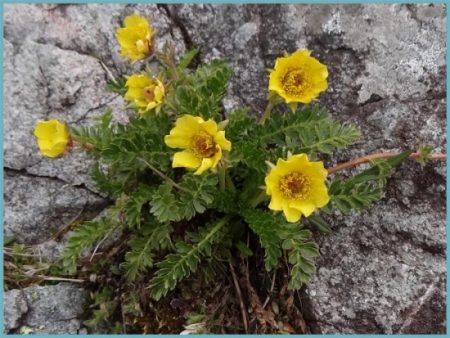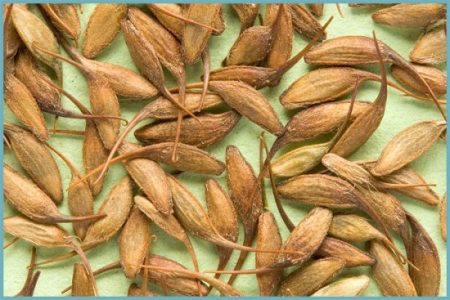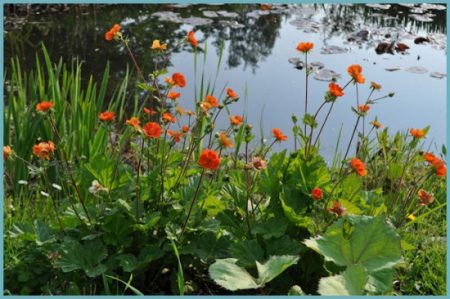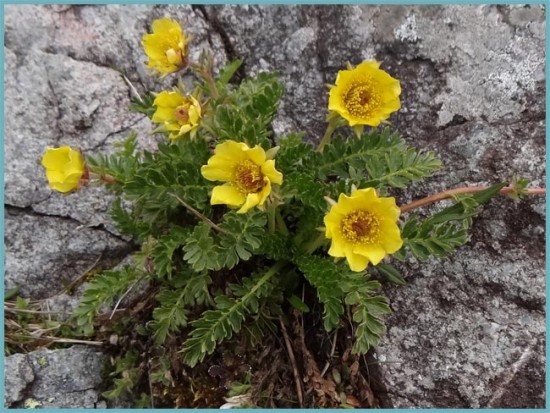 Perennial gravilate: planting and care in the open ground, photo is the topic of today's meeting of flower growers. You look like from the side - it looks like a wild small poppy, but how beautiful its tender bright flowers look beautiful in the fringing of lush greenery!
Perennial gravilate: planting and care in the open ground, photo is the topic of today's meeting of flower growers. You look like from the side - it looks like a wild small poppy, but how beautiful its tender bright flowers look beautiful in the fringing of lush greenery!
Gravilate must take part in the flowering of the garden, it has many positive properties, and thanks to it, other greens will sparkle with new colors.
Another beautiful flower aquilegia - planting and care in the open ground, photo.
Breeding
The easiest way to propagate the gravilate is by dividing the bushes - it immediately takes root, and blooms in the first year, while sown with seeds - only in the second year it will indulge in the tenderness of its flowers. In spring, just dig a bush, prepare a hole, spill well, divide the bush with a sharp knife, and plant it. But remember - you can divide the bush after the final attenuation of the flowering process (if you do this in the fall).

Seeds can also be planted easily. In the spring (early, in March), just plant it in drawers in the house or in the greenhouse, and as it gets warmer, transfer the seedlings to the ground. If it’s time to transplant, and the weather is still not very warm, you can cover the plant with bottles, agrofibre or apply a film cover. And as the temperature rises - take off. By the way, in the summer it showers color more than once, and then blooms again. To prolong its tender flowering, try to remove all faded and dried, it gives him new strength.
Types of Gravity

There is a tall gravilate, it is excellent in composing bouquets and is well at home in a vase.
There is a river that adorns the shores of all kinds of water bodies.
There is triflorum gravilate, it is used as a natural carpet.
Grass of St. Benedict - this is exactly the name that city gravilate bears, also called the Avens tree. Its root is used for soups and ale production, for colds, bee stings and indigestion. Australians use it as tea, traditional medicine for rheumatism uses, with fever and gout.
In the autumn, cut off all the terrestrial gravilate component, cover it with lapnik, and it will miraculously winter, and in the spring it will start almost the first to please with bright flowering.
See also: when to plant pepper for seedlings in 2016.

